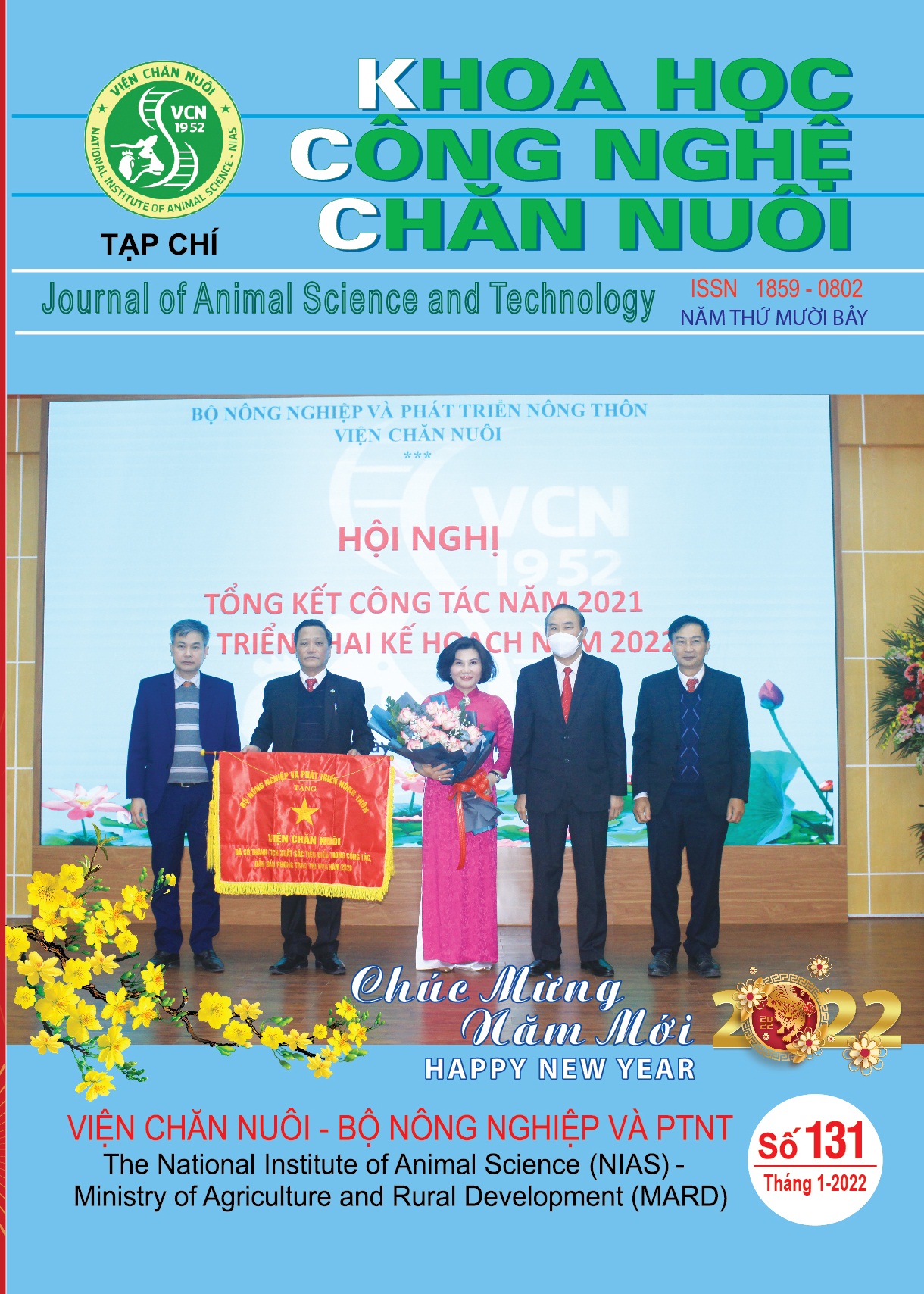Effectiveness of processing and preservation pilot of agricultural by-product as large ruminant feed to adapt drought and saltwater intrusion
Two models of urea - treated rice straw and silage corn stalks after harvest were built in the provinces of Ben Tre, Vinh Long, Tra Vinh, Soc Trang, Ninh Thuan and Binh Thuan to evaluate the economic and technical efficiency in the household scale. Each model includes 30 households in each province, a total of 180 beef cattle households participating. The amount of processed by-products was 360 tons for each type of straw and corn stalk. A total of 180 beef cattle at the growing stage were monitored to evaluate the technical and economic indicators in each model. The results showed that the urea - treated rice straw samples after 5 months had good organoleptic results and increased the crude protein content from 4.3%/DM in untreated straw to 9.2%/DM in urea-treated straw (P<0.05). For silage corn stalks, after 5 months, good results were also achieved in terms of organolepescence and crude fiber content was reduced from 35.3%/DM before incubation to 26.1%/DM after incubation (P<0.05). The average weight gain of cattle in the model of urea – treated rice straw was 498.0 g/head/day and corn stalk silage was 524.5 g/head/day, increased by 102.7 g/head/day and 119.1 g/head/day compared with the control in the two respective models (P<0.05). Economic efficiency in urea – treated rice straw model was 2.1 million VND/head/year and in corn stalk silage model was 1.9 million VND/model/year. Using treated and preserved agricultural by-products as feedstuffs for ruminants is a suitable solution to adapt drought and saltwater intrusion.

